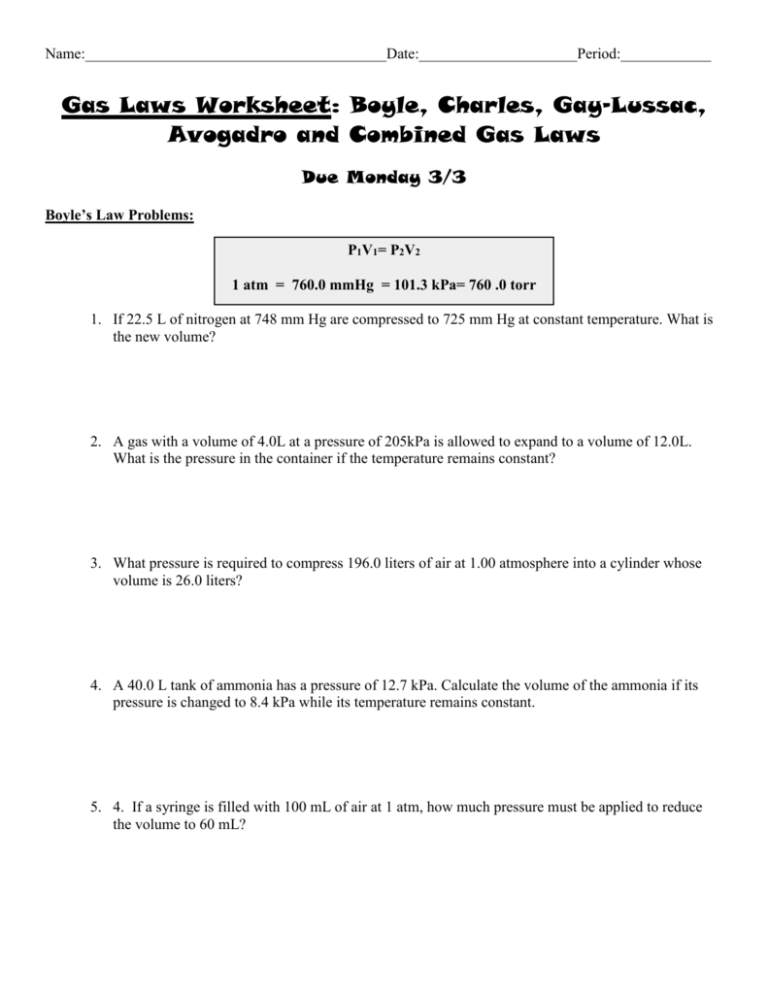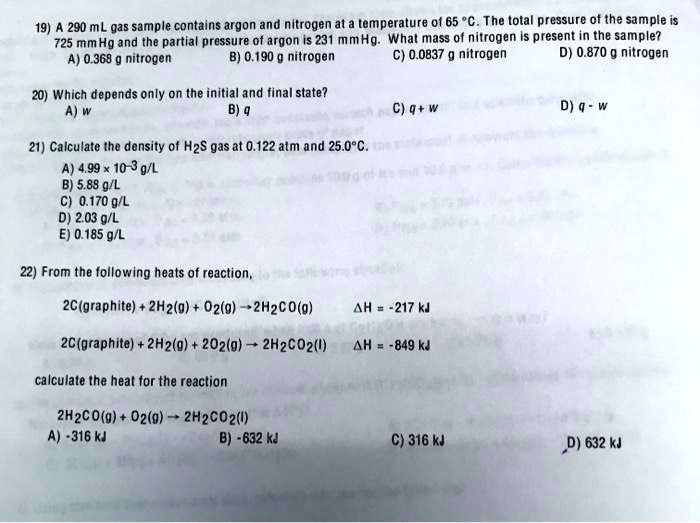

The pressure increases if volume decreases. Summary: The volume (V) of a gas changes inversely with the pressure (P) of the gas if there is no change in

Temperature and amount of gas are constant. Goal: Use the pressure-volume relationship (Boyles Law) to determine the final pressure or volume when the Section 8.2 Pressure and Volume (Boyles Law) What is the pressure in terms of the following units? Whitney, the atmospheric pressure drops to 467 mmHg. What is the pressure in the tank in term of the following units?Ħ. A tank contains oxygen (O2) at a pressure of 2.00 atm. Which of the following statement(s) describes the pressure of a gas? (select all that apply) a. the number of gas particles in a container.Ĥ. the force of the gas particles on the walls of the container.ī. Identify the property of a gas that is measured in each of the following (pressure. You can smell the odor of cooking onions from far away.Ģ. A container of nonstick cooking spray explodes when thrown in a fire.Į. Gases can be compressed much more than liquids or solids.ĭ. Gases move faster at higher temperatures.ī. Use the kinetic molecular theory of gases to explain each of the following: a. Which of the following balloons exerts theġ. The average kinetic energy of gas molecules is proportional to the Kelvin temperature. Gas particles are in constant motion, moving rapidly in straight paths. The actual volume occupied by gas molecules is extremely small compared with the volume that the gasĤ. The attractive forces between the particles of a gas are usually very small. A gas consists of small particles that move randomly with high velocities. Gas pressure is measured in units such as torr, mmHg, atm, and Pa.ġ. In a gas, particles are so far apart and moving so fast that their attractions are negligible.Ī gas is described by the physical properties: pressure (P), volume (V), temperature (T) in Kelvins (K) and the amount in moles (n).Ī gas exerts pressure, the force of the gas particles striking the walls of its container. Goal: Describe the kinetic molecular theory of gases and the units of measurement used for gases.


 0 kommentar(er)
0 kommentar(er)
